-
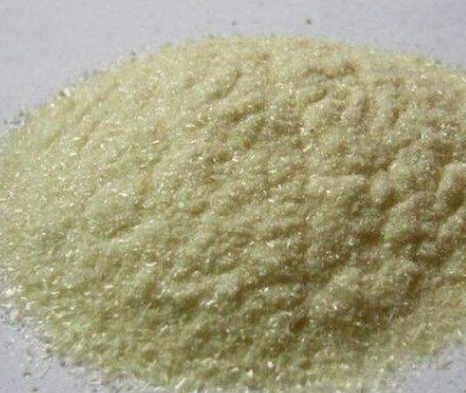
Methylphenazinium methosulfate CAS:299-11-6
Methylphenazinium methosulfate (MPMS) is a redox-active compound that is commonly used as an electron carrier in various biochemical and biophysical studies. It is a salt consisting of a methylphenazinium cation (a heterocyclic compound) and a methosulfate anion.
MPMS is often used as an alternative to traditional electron carriers, such as ferricyanide or phenazine ethosulfate, due to its stability and high solubility in water. It possesses good redox properties, which allow it to accept and transfer electrons during enzymatic reactions.
One of the key applications of MPMS is in assays that involve the measurement of electron transfer or enzymatic activity. It is frequently used in conjunction with an enzyme system to monitor the transfer of electrons between different components. The reduction of MPMS can be detected spectrophotometrically, where its absorbance changes as a result of electron transfer processes.
MPMS is also utilized in studies related to mitochondrial respiration and oxidative phosphorylation. It can act as an artificial electron acceptor, allowing researchers to investigate the functioning and regulation of these processes in various biological systems.
-

4-Nitrophenyl-alpha-L-fucopyranoside CAS:10231-84-2
4-Nitrophenyl-alpha-L-fucopyranoside is a chemical compound that belongs to the family of glycosides. It consists of a fucose sugar molecule attached to a 4-nitrophenyl group. This compound is commonly used as a substrate in enzymatic assays to study the activity of fucosidases, which are enzymes involved in the breakdown of fucose-containing molecules. When acted upon by a fucosidase enzyme, 4-nitrophenyl-alpha-L-fucopyranoside is cleaved, resulting in the release of 4-nitrophenol, which can be quantitatively measured using spectrophotometry. This substrate is particularly useful in studies related to enzymatic activity, substrate specificity, inhibitor screening, and kinetics of fucosidase enzymes.
-
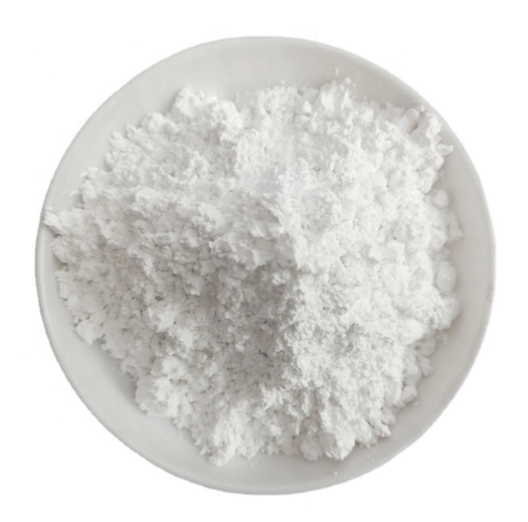
5-Bromo-4-chloro-3-indolyl-beta-D-glucuronide cyclohexylammonium salt CAS:18656-96-7
5-Bromo-4-chloro-3-indolyl-beta-D-glucuronide cyclohexylammonium salt, also known as X-glucuronide, is a chemical compound commonly used in molecular biology and enzymology experiments. It is a chromogenic substrate that is often utilized to detect the activity of the enzyme beta-D-glucuronidase.
The compound consists of an indole group coupled to a glucuronic acid moiety through a glycosidic bond. The bromo and chloro substituents provide stability and enhance the solubility of the compound.
When incubated with a sample containing beta-D-glucuronidase, the enzyme cleaves the glycosidic bond, releasing the indole moiety. This reaction results in the formation of a blue precipitate or color change, allowing for easy visual or spectrophotometric detection of the enzyme activity.
Due to its specificity for beta-D-glucuronidase, X-glucuronide is widely used in molecular biology techniques such as bacterial and yeast transformation assays, reporter gene assays, and histochemical staining. It provides a convenient and sensitive means to detect the presence or expression of beta-D-glucuronidase and is often employed in conjunction with other genetic or biochemical assays.
-

8-Anilino-1-naphthalenesulfonic acid CAS:82-76-8
8-Anilino-1-naphthalenesulfonic acid, also known as ANS, is a fluorescent dye commonly used in biochemical and biophysical research. It belongs to the class of organic compounds known as aniline-based sulfonic acids. ANS is known for its ability to bind to hydrophobic regions or exposed hydrophobic sites in proteins and other biomolecules.
ANS fluoresces when it is bound to hydrophobic regions, making it a useful probe for studying protein conformational changes, protein-protein interactions, and protein folding/unfolding processes. The binding of ANS to hydrophobic regions leads to a blue shift in the emission spectrum, which can be monitored using fluorescence spectroscopy.
ANS is often used in a variety of research techniques, including fluorescence polarization, fluorescence resonance energy transfer (FRET), and thermal stability assays. It has been utilized to study the structure and stability of proteins, protein-ligand interactions, and protein aggregation processes.
-
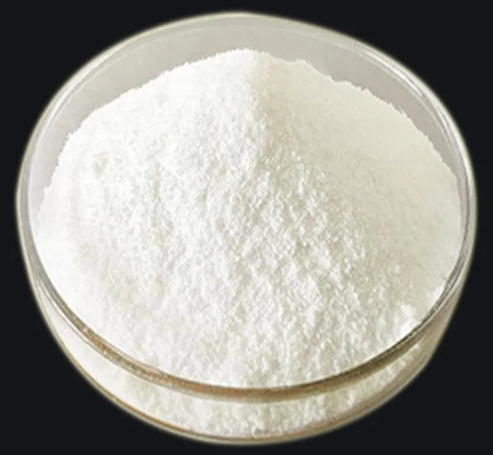
CHLOROPHENOLRED-BETA-D-GALACTOPYRANOSIDE, SODIUM SALT CAS:99792-50-4
CHLOROPHENOLRED-BETA-D-GALACTOPYRANOSIDE, SODIUM SALT is a chemical compound commonly used in laboratory experiments to detect the presence of enzymes that can break down lactose, such as beta-galactosidase. It is a colorless to pale yellow powder that turns red in the presence of these enzymes, making it a useful indicator for their activity. The sodium salt form of this compound improves its solubility in aqueous solutions, allowing for easy preparation and use in various enzymatic assays.
-
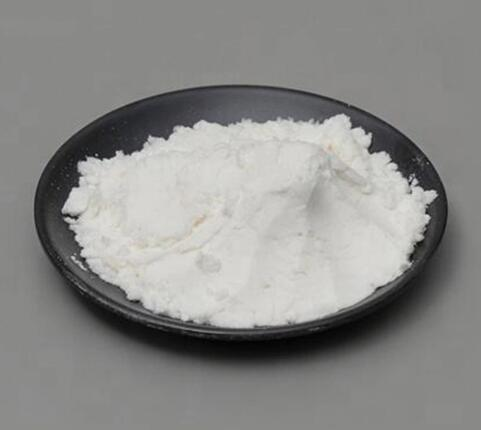
4-Dimethylaminobenzaldehyde CAS:100-10-7
4-Dimethylaminobenzaldehyde is an organic compound commonly used as a reagent in organic chemistry. It is a pale yellow liquid with a characteristic aroma. It contains a benzene ring with a dimethylamino group (-N(CH3)2) and an aldehyde group (-CHO) attached in a para position. This compound has diverse applications, including in the synthesis of pharmaceuticals, dyes, and other organic compounds. It is known for its ability to react with various functional groups, such as amines, alcohols, and thiols, making it useful in the formation of chemical bonds and the development of new molecules.
-

4-Fluoro-7-nitrobenzofurazan CAS:29270-56-2
4-Fluoro-7-nitrobenzofurazan is a chemical compound with the molecular formula C6H2FN3O3. It is a yellow crystalline solid that is primarily used as a reagent in various chemical reactions. 4-Fluoro-7-nitrobenzofurazan is known for its ability to react with primary amines, forming fluorescent derivatives that can be useful in analytical applications such as protein labeling and amino acid analysis. It is also used in studies related to enzyme kinetics and the determination of nucleic acid sequences.
-
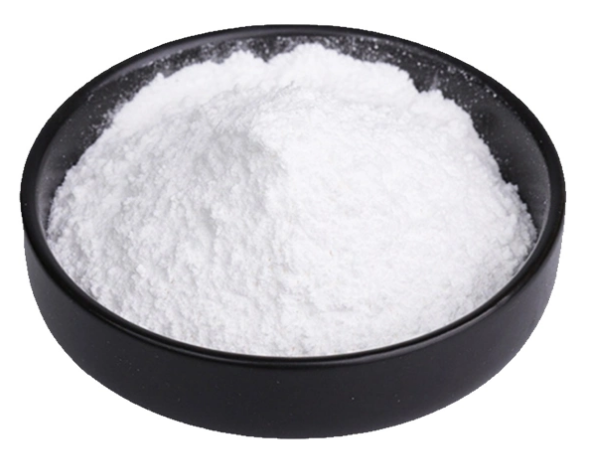
3-(N-tosyl-L-alanyloxy)indole CAS:75062-54-3
3-(N-tosyl-L-alanyloxy)indole is a chemical compound with the molecular formula C20H20N2O4S. It is commonly used as a building block or intermediate in organic synthesis. The compound features an indole ring system, which is a common motif in a variety of biologically active molecules. 3-(N-tosyl-L-alanyloxy)indole is often used in the synthesis of pharmaceuticals, agrochemicals, and other organic compounds.
-

adenosine 5′-diphosphatedi(monocyclohexylammoniu CAS:102029-87-8
ADENOSINE 5′-DIPHOSPHATE DI(MONOCYCLOHEXYLAMMONIUM) SALT is a chemical compound that is derived from adenosine diphosphate (ADP). It is commonly used in biochemical and pharmaceutical research. The compound is a salt form, which means it is formed by combining ADP with monocyclohexylammonium ions.
This salt form of ADP is often used in various biological assays and experiments. It is involved in studying energy metabolism, as ADP is a key molecule in the generation of ATP (adenosine triphosphate), which is the main energy currency in cells. ADP is converted to ATP through the addition of a phosphate group, and this conversion is essential for cellular energy production.
The monocyclohexylammonium salt form of ADP allows for easier handling and solubility in certain experimental conditions. It can be used in enzymatic assays to study the activity of ATP-dependent enzymes or in ligand-binding studies to investigate molecular interactions involving ADP.
.
-
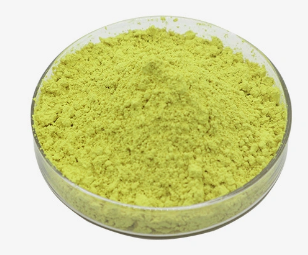
γ-L-Glutamyl-3-carboxy-4-nitroanilide, monoammonium salt CAS:63699-78-5
γ-L-Glutamyl-3-carboxy-4-nitroanilide, monoammonium salt is a chemical compound that is commonly used in biochemical research and related fields. It is a synthetic derivative of L-glutamate, an amino acid.
This compound is often utilized as a substrate for enzymes called γ-glutamyl transpeptidases, which play a role in various physiological processes. It is commonly used in enzymatic assays to study the activity and inhibition of these enzymes.
-
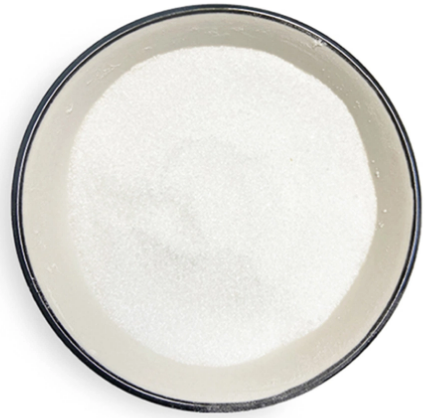
2′-(4-METHYLUMBELLIFERYL)-ALPHA-D-N-ACETYLNEURAMINIC ACID SODIUM SALT CAS:76204-02-9
2′-(4-Methylumbelliferyl)-alpha-D-N-acetylneuraminic acid sodium salt is a chemical compound commonly used in diagnostic and research assays. It is a fluorescently labeled derivative of sialic acid, a type of carbohydrate molecule found on the surface of cells.
This compound is used as a substrate for enzymes called neuraminidases, which act to remove sialic acid residues from glycoproteins and glycolipids. When these enzymes act on the 2′-(4-Methylumbelliferyl)-alpha-D-N-acetylneuraminic acid sodium salt, it releases a fluorescent product known as 4-methylumbelliferone.
The fluorescence generated by the compound can be measured and quantified, providing information on the activity of neuraminidase enzymes. This is particularly useful in the study of various diseases and conditions associated with aberrant sialic acid metabolism.
The compound is also utilized for diagnostic purposes, such as in the detection of viral infections that involve neuraminidase activity. In these assays, the compound is used to identify the presence of specific viral strains or assess the effectiveness of neuraminidase inhibitors in antiviral treatments.
-

TMB CAS:54827-17-7 Manufacturer Price
Tetramethylbenzidine (TMB) is a chemical compound commonly used in biochemical and clinical laboratory assays.It can be measured spectrophotometrically to determine the presence or quantity of the enzyme or its substrate.
TMB is often employed as a substrate in enzyme-linked immunosorbent assays (ELISAs), where it reacts with horseradish peroxidase (HRP) to produce a blue color in the presence of its substrate. The intensity of the color is directly proportional to the concentration of the target molecule being detected, allowing for quantitative measurements.
.

